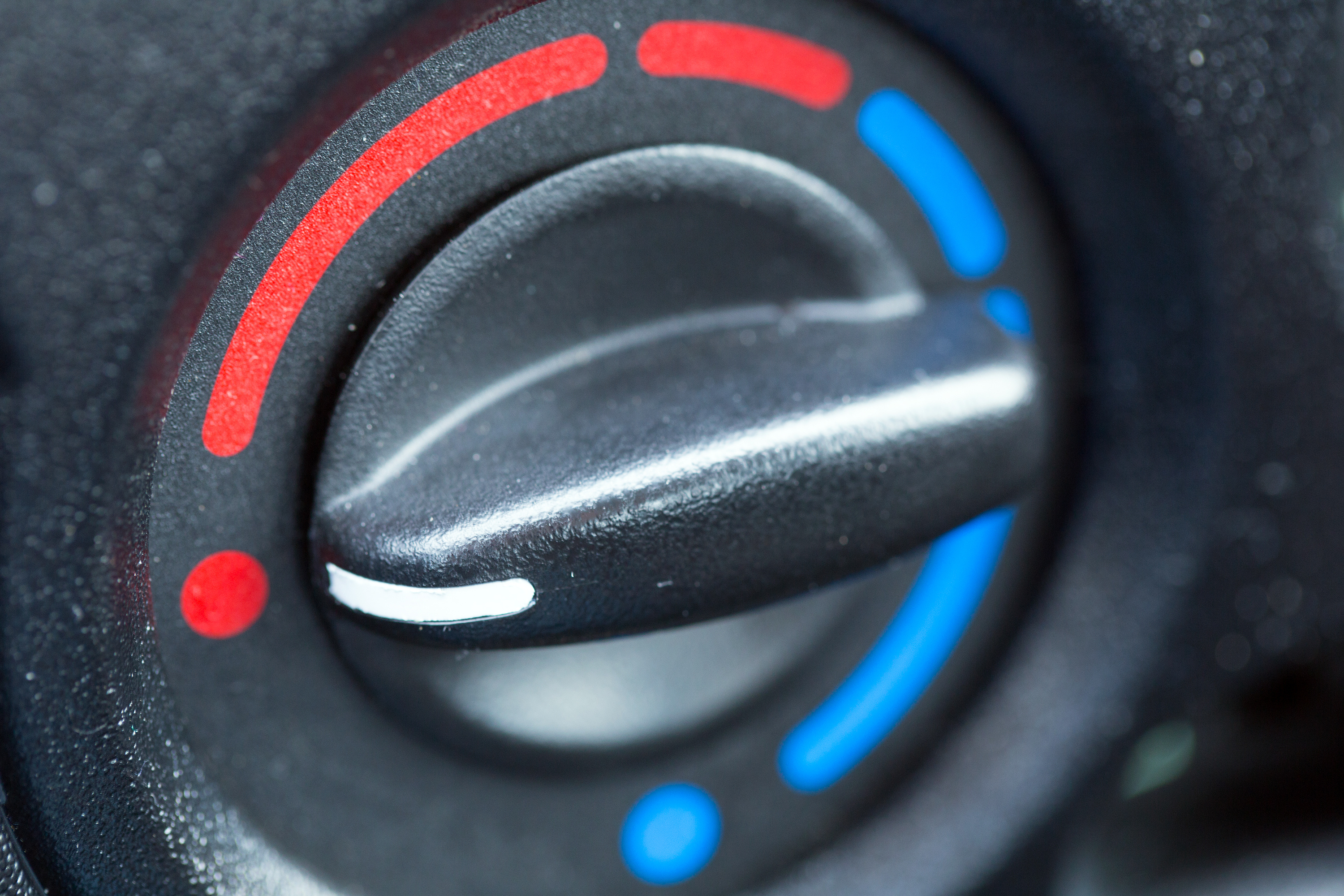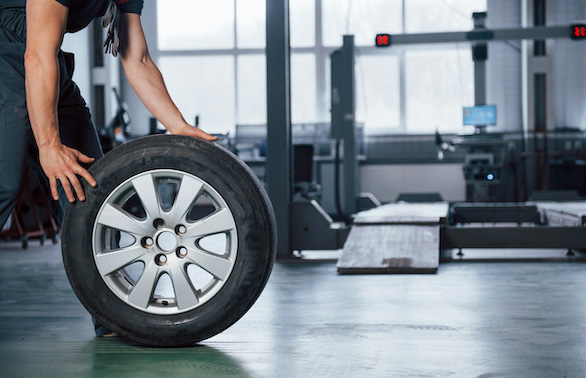Posted on 12/17/2020
.jpeg)
The five words no vehicle owner ever wants to hear: "You have a transmission problem." Repairs to a transmission are costly. However, knowing how to identify a transmission fluid leak can help you catch transmission problems before they become major issues. What does transmission fluid look like? Transmission fluid is shiny like oil. If the fluid is new, it's generally thin with a distinct bright red or green color. Older fluid turns brown, and it's thicker. The purpose of the fluid is to lubricate the transmission for optimal performance. It also conditions your car's gaskets and seals to make them last longer. Finding a transmission fluid leak While it's difficult to pop the hood and identify a transmission fluid leak, there is a simple solution. You just need to check for stains underneath your vehicle. Find a clean and level place where no previous stains will interfere with your inspection. Lay down a clean drop clo ... read more
Posted on 11/29/2020

Chilly winter weather may have us turning on the heater a lot more often now. When you turn on the vents, you expect to warm up, not be blasted with cold air. If your heater feels more like a freezer, there may be an issue. A heater problem can fly under your radar during the summer, catching you by surprise during the winter. Similar to a home heater, your vehicle's heater can be struggling with a variety of problems. Below are a few common reasons your heater may not be hot enough. Faulty Thermostat The thermostat is critical because it helps the engine maintain an optimal temperature. If the thermostat isn't working, you may notice it points to "C" throughout the drive, despite the engine already being warm. If the thermostat is stuck open, coolant will not adequately flow through it, leading it to stay cold. As a result, the heating system will also blow cold air. In comparison, If the thermostat is stuck closed, the engine ... read more
Posted on 10/30/2020

While oil changes are a common maintenance task, most drivers haven’t gotten into the habit of having the rest of their vehicle’s essential parts maintained. Over time, as your car collects miles, a tune-up will be necessary to keep it running optimally. A tune-up is an opportunity for your auto specialist to perform preventative tasks such as replacing all filters, spark plugs, and oxygen sensors. All of the fluids are topped off or changed, and the battery is checked. The tune-up is similar to a check-up at the doctor’s office. All of your vehicle’s major components are thoroughly inspected to ensure their top performance for as long as possible. Below are five key signs that indicate it’s time to schedule a tune. Your vehicle is struggling to start. The moment you turn the ignition, your engine should turn over seamlessly. If your vehicle is struggling to start, it can indicate a wide range of issues, such as an ignition problem ... read more
Posted on 9/30/2020

Whether you have plans for a weekend road trip or a drive to the mountains, your tires help get you there. So, tire maintenance is essential. A faulty tire can turn your dream trip into a dangerous nightmare. We’re sure you already know how to change a tire, but you may not need to with proper maintenance. Below are six tire maintenance tips to keep your tires in tip-top shape. 1. Check the Tire Pressure Maintaining tire pressure is the easiest way to extend the life of your tires. Tire pressure changes month to month due to seasonal weather changes. Having the wrong tire pressure leads to sluggish handling, increases wear, and can increase a tire blowout risk. 2. Get the Wheels Balanced Over time tires will become worn, and their weight distribution will change. A tire balance preserves vehicle suspension and maintains a smooth and comfortable ride. Most manufacturers recommend having the wheel balance every 3,000 to 6,000 miles. If the wheels aren’t balanced ... read more